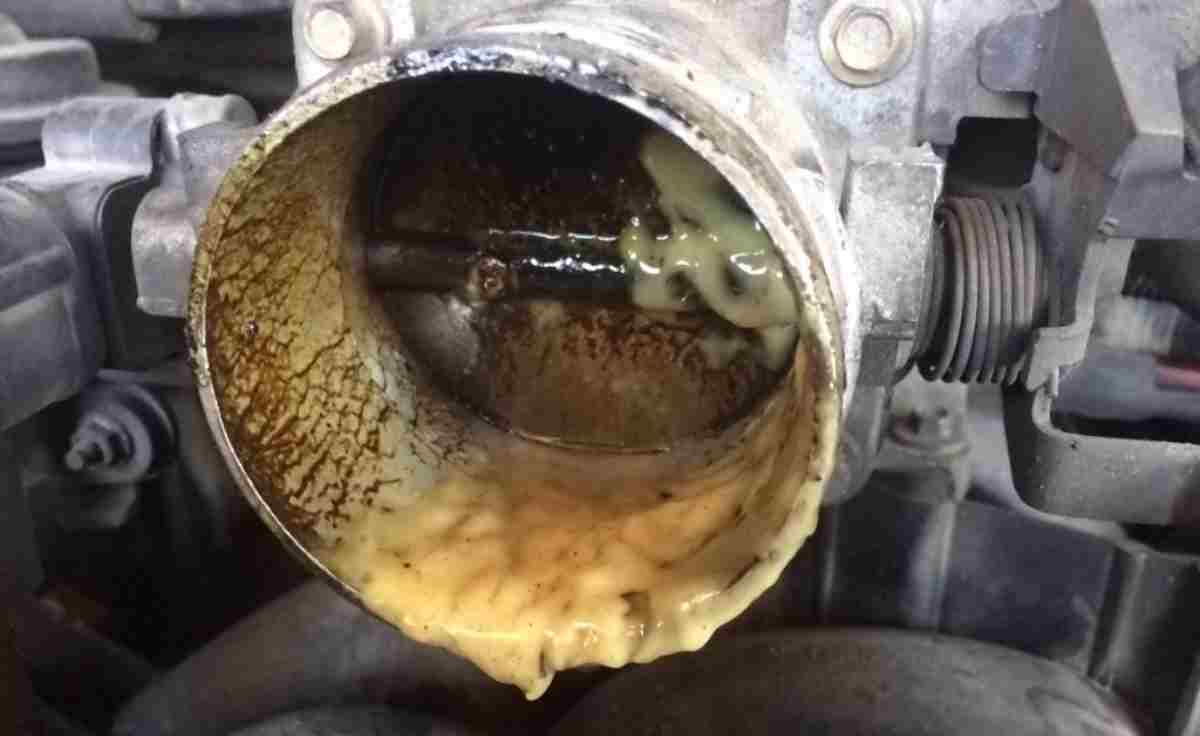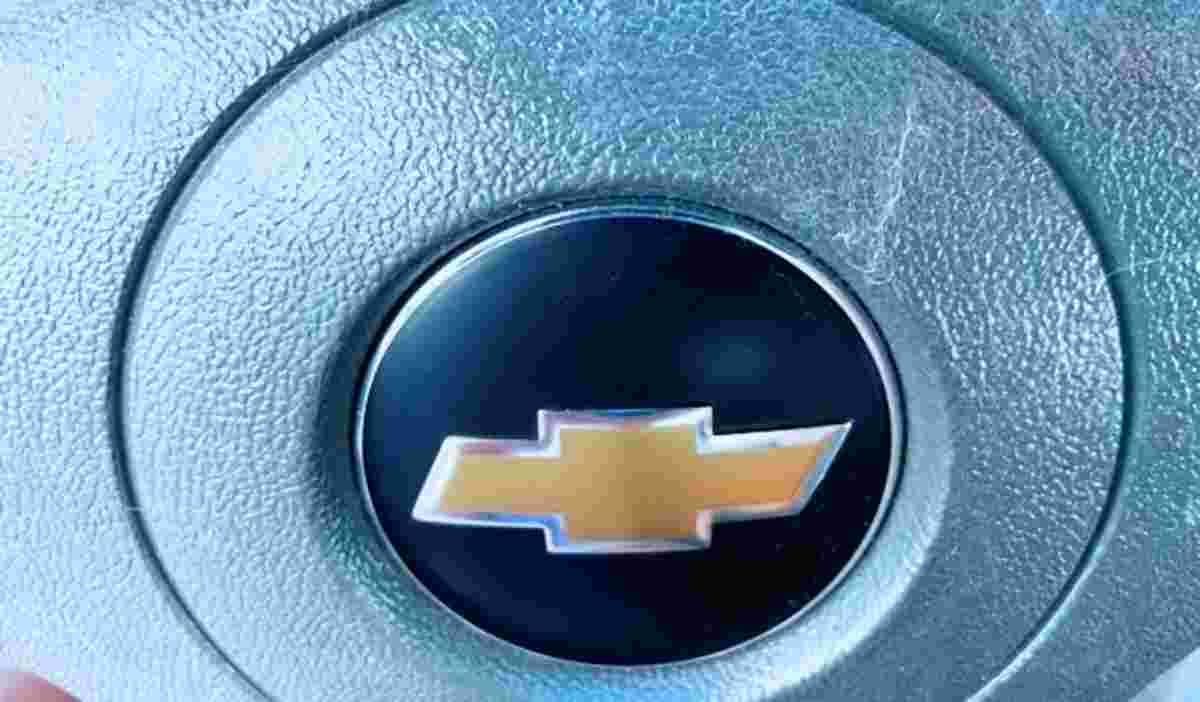When your car’s battery is weak or depleted, it can be a serious inconvenience. The car might not start, leaving you stranded, however, there are a few methods that can start a car with a weak battery. These include jump-starting, bump-starting (also known as push-starting), and using a battery booster or charger.
These methods apply to conventional, gasoline or diesel-powered vehicles and may not be suitable for hybrid or electric vehicles. A method like bump-starting may not work for starting an automatic vehicle.
A weak car battery, often also referred to as a dead or dying battery, is a battery that no longer has enough charge to efficiently start a vehicle or power its electrical systems. Car batteries are rechargeable, and they supply electrical energy to a car, powering the ignition system, the starter motor, and the lights, as well as the vehicle’s electronic systems when the engine is off.
Batteries have a certain lifespan, typically between three to five years, depending on the type of battery, the quality of the electrical system in the car, the driving and weather conditions, and the regular maintenance of the vehicle. When a battery nears or exceeds this lifespan, it can start to weaken and may need replacing.
Signs of a Weak Car Battery
| Trouble Starting the Car | The car takes longer to start or the engine cranks slowly before starting. |
| Dim Lights | The car’s headlights and interior lights may appear dimmer or flicker, especially when not running. |
| Electrical Issues | Issues with the radio, windscreen wipers, electric windows, or other electrical components. |
| Warning Light | Some cars have a dashboard warning light that illuminates when the battery is weak. |
| Old Age | It’s recommended to test and replace batteries over three years old if necessary. |
How to Start a Car with a Weak Battery
Considering that a weak battery could leave you stranded and puts additional strain on the vehicle’s charging system, especially the alternator, you want it fixed to prevent further repairs. If you have this problem, use the most convenient of these methods to start a car with a weak battery.
1. Jump-starting
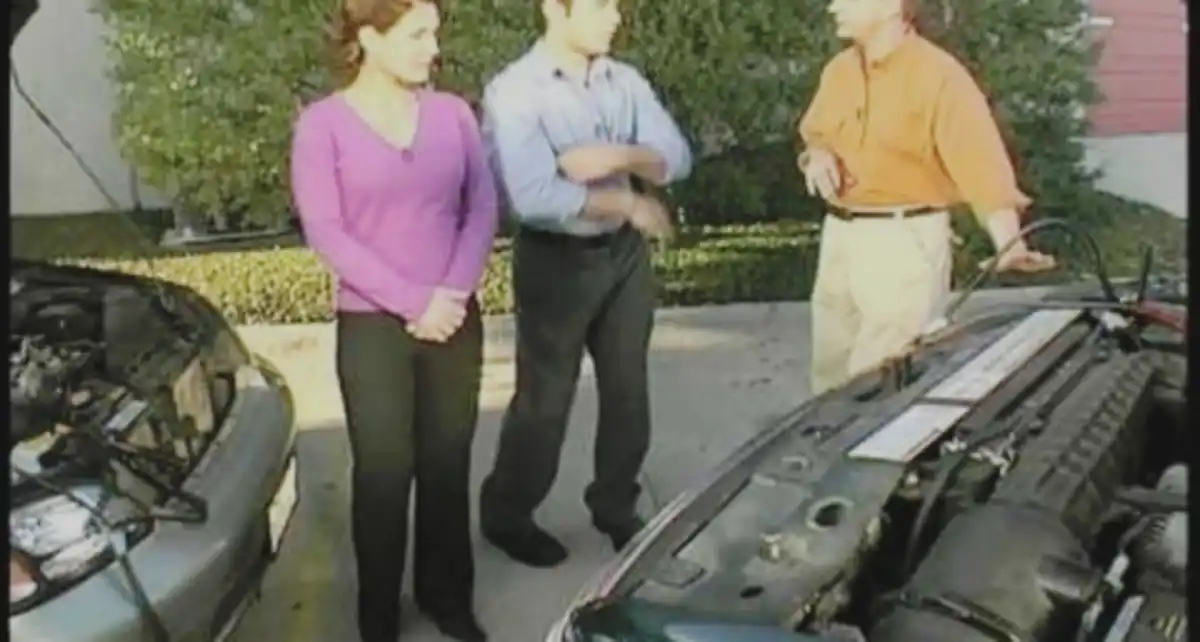
Jump-starting is the most common method of starting a car with a weak battery. You will need jumper cables and another vehicle with a charged battery. Also, the other vehicle’s engine displacement should be similar to or larger than yours to ensure it can provide enough power.
- Start by positioning the two cars close to each other, ideally nose-to-nose but not touching.
- Ensure both cars are in park or neutral and shut off the ignition.
- Open the hood of both cars.
- Take the jumper cables and connect one red clamp to the positive (+) terminal of the dead battery.
- Connect the other red clamp to the positive (+) terminal of the good battery.
- Connect one black clamp to the negative (-) terminal of the good battery.
- Finally, connect the other black clamp to an unpainted, metallic part of the car with the dead battery (like the strut tower bolt or engine block), away from the battery. This will serve as grounding.
Once the cables are properly connected, start the car with a good battery and let it run for a few minutes. Then, try starting the car with a weak battery. If the car doesn’t start, let it charge for another few minutes and try again. Once the car with the weak battery has started, carefully remove the jumper cables in the reverse order of attachment. Meanwhile, here are reasons your car battery won’t start. Make sure to avoid melted jumper cable problems.
2. Bump-starting (Push-starting)
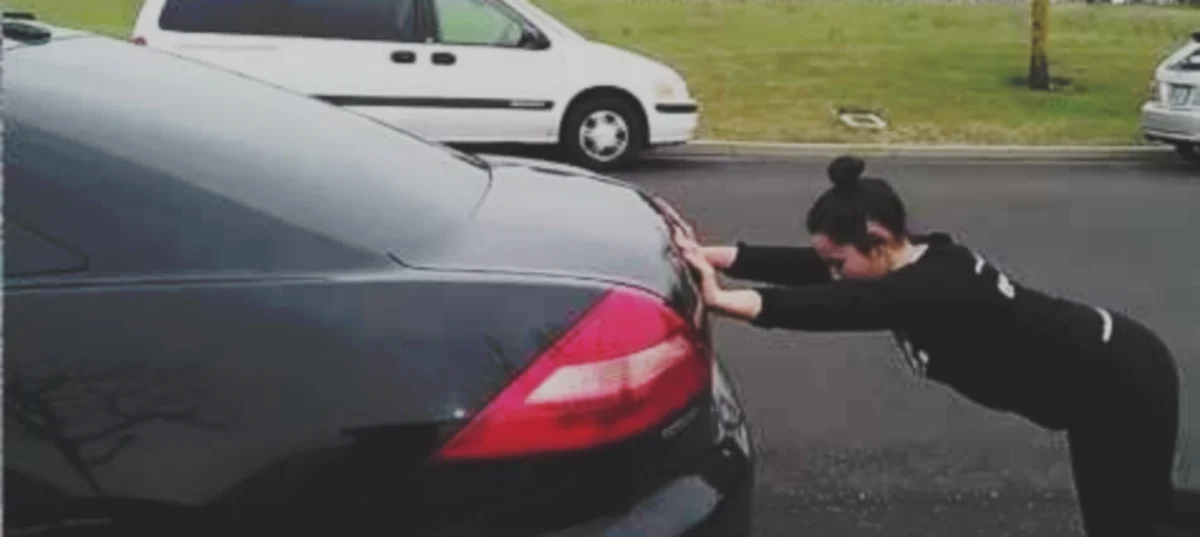
Bump-starting or push-starting is another way to start a car with a weak battery without jumper cables, especially when you are alone and without jumper cables. However, this method only works for cars with manual transmissions.
Follow these steps to bump-start and start a car with a weak battery:
- Turn the ignition to the ‘on’ position, but don’t try to start the car yet.
- Engage the clutch and put the car into second gear.
- Have someone push the car or, if you’re on a hill, let gravity do the work.
- Once the car reaches about 5-10 mph, release the clutch quickly. This will cause the car’s wheels to turn the engine and, hopefully, it will start. Immediately press the clutch back in so the car doesn’t stall.
3. Using a Battery Booster or Charger
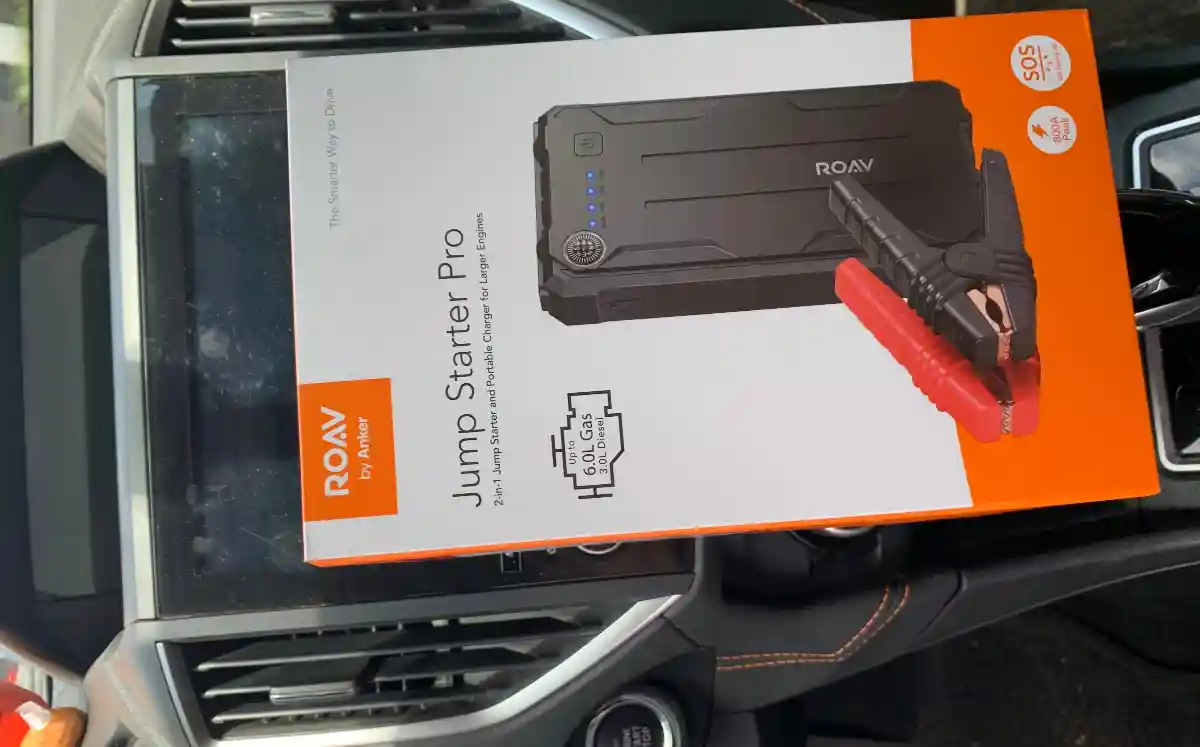
Battery boosters, also known as jump starters, are devices that can start a car with a weak battery without the need for another vehicle. They come in various sizes, from pocket-sized devices to larger ones that also include an air compressor or an inverter.
It is even simple to use a battery booster. Just follow these steps in this order:
- Connect the device to the battery the same way you would connect jumper cables: the red clamp to the positive (+) terminal and the black clamp to the negative (-) terminal or a grounded, unpainted, metallic part of the car.
- Turn on the booster and try to start your car.
- Once the car starts, disconnect the booster.
A battery charger, on the other hand, charges the battery while it is still in the car. It is slower than the other methods, but less stressful for the battery. To use a battery charger, do these:
- Connect it to the battery (again, red to positive, black to negative or ground).
- Plug the charger into a power outlet.
The charger will show when the battery is fully charged. This process can take several hours.
4. Trick the Computer System by Load Shedding
While it’s not necessarily about “tricking” the computer system of a car to start it with a weak battery, there are indeed ways to use your vehicle’s electrical system to your advantage when attempting to start a car with a weak battery. One of the methods often used is called Load Shedding.
Load shedding is a process that involves reducing the electrical load in a car to help start it when the battery is weak. This technique does not trick the computer system of the car; rather, it uses the vehicle’s electrical system to reduce the demand for the battery.
Modern vehicles have a lot of electrical equipment that, even when the car is not running, can still draw power from the battery. Examples include the radio, lights, climate control systems, and more. All of these can place an additional load on a weak battery, making it harder for the car to start.
So, when you turn off all non-essential electrical systems before trying to start the car, you can reduce the load on the battery and increase the chances of starting a car with a weak battery. Follow these simple steps:
- Turn off the engine and remove the keys from the ignition.
- Turn off all electrical equipment, including the headlights, radio, climate control system, and any charging devices.
- Wait a few minutes. This allows capacitors in the vehicle’s electrical system to discharge, reducing the initial load when attempting to start the car.
- Insert the key into the ignition and try to start the car without turning on any of the electrical systems.
Load shedding is a simple process anyone can do, and it can sometimes be enough to get a car with a weak battery to start.
5. Manipulating the Engine Control Unit (ECU)
In some instances, the ratio of air to fuel might become too lean for an engine at low temperatures. This can often be attributed to issues like a faulty temperature sensor or a vacuum leak.
You could manipulate the vehicle’s computer system to supply more fuel during ignition. This can be achieved by pressing the accelerator halfway down before starting the engine. It may require several attempts for this approach to yield results.
Starting a car in neutral when dealing with a weak battery can work for some of these reasons.
- Firstly, starting in neutral reduces the load on the starter motor as it doesn’t have to overcome the additional resistance of the drive train.
- Secondly, when a car is in neutral, the transmission is disconnected from the engine, which reduces the overall load and might make the difference in allowing a car with a weak battery to start.
Here is a tabulated way to get this done:
| Step | |
|---|---|
| 1 | Position your car. Ensure your vehicle is in a safe and stable position before starting it in neutral. |
| 2 | Switch the ignition on. Turn the car key to the ‘On’ position without starting the engine. |
| 3 | Shift to neutral. Move the gear lever to the ‘Neutral’ (N) position. |
| 4 | Start the car. Attempt to start the car. If the battery has enough power, the car should start. |
| 5 | Let it warm up. If the car starts, allow it to idle for a few minutes in neutral to warm up and circulate oil. |
| 6 | Shift to drive or park. When ready to go, shift back to drive (or reverse). |
6. Seek Roadside Assistance Service

If your vehicle refuses to start a car with a weak battery, reach out to a reputable towing company that offers roadside assistance. The roadside assistance mobile app connects motorists with skilled service providers offering top-notch assistance. Roadside assistance firms offer a broad range of services, from emergency vehicle recovery to jump-starting your car in the event of a weak or dead battery. It is advisable to allow professionals to deal with roadside emergencies like a dead battery, a flat tire, or a road accident.
Local towing services typically have jump-starting equipment ready for dead battery emergencies. Locate the contact information of a nearby towing service, using either your mobile phone or your insurance card.
- Dial the number and describe your current predicament.
- Patiently wait for help to arrive. Preparing some casual conversation topics could help the waiting time go faster.
- Ensure you have some cash on hand to tip your helper.
- Once they’ve arrived, excellent. Your problem is half resolved. Often, the roadside assistance service will also supply you with a new battery, ensuring you can get back on the road without concerns about whether your car will start next time.
Read also: Can a Bad Coolant Temperature Sensor Cause Car Not to Start?
